Science has confirmed that we communicate in many ways without speaking a word. The eyes, for example, have been said to be “the window to the soul” as they convey emotion through small changes in pupillary response.
Hands also communicate much more than we realize. Weathered and callused skin or finely-manicured nails can imply much about their owner. Nonvisual clues such as a firm handshake can leave a lasting first impression on a prospective employer by conveying confidence or weakness. There is also something much more personal discovered from a handshake—hand strength. Hiding within this revelation is something unique and surprising.
Hand strength, and more specifically hand grip strength, is a measurement that indicates muscle health in the hands and forearms. There is more to the story than its obvious and simple gauge of muscle health. The measurement is often included in a physical examination by your physician because it’s also an indicator of the overall well-being of a person. Surprisingly, hand grip strength is a remarkable and indispensable biomarker of an individual’s health.
How Hand Grip Strength Can Measure Your Health
So what about health can you discover from someone’s hand grip strength? Evidence has shown that hand grip strength can reveal much about a person’s health. Research supports using grip strength as a way to measure current overall health status. This one measurement has been linked to correlate with many health-related measures. Some of these are overtly apparent such as upper limb function and overall strength, but most of the associated correlations aren’t nearly as straightforward.
For example, muscle strength has a direct relation to bone mineral density. When muscles pull on a bone they put a force on that bone. When a stronger force is exerted on a bone, over time it causes the bone to become stronger. The internal architecture of bone physically adjusts to the demands that muscles put on it. Stronger muscles mean stronger bones. So bone mineral density is directly related to muscle strength.
A 2010 article published in the Journal of the American Geriatric Society found that a hand grip squeeze measurement of 72.6 pounds for men and 44 pounds for women was associated with better mobility in older adults. This was not just hand mobility they were referring to, but full-body mobility. This measurement is also highly correlated with a better quality of life overall. Malnutrition, depression, and sleep problems are also connected to hand grip strength. There are links to the risk of dementia, stroke, blood pressure, and more. It is the undercover agent unveiling more about your personal health than most ever realize.
Another unpredictable correlation to hand grip strength is cognitive impairment. Older adults with a weaker hand grip were found more likely to be cognitively impaired than those with a stronger grip in a North Dakota State University study. This was explained by weakening due to age-related changes in the parts of the brain that coordinate movement. Motor and nerve functions are required for grip strength testing and deficiencies were found in those who had weaker grip strength.
Grip strength also has been shown that it can be a predictor of future outcomes. Surprisingly, your hand grip strength is positively related to blood pressure and hypertension risk. A 5kg decrease in grip strength is associated with an increased risk of cardiovascular disease. The correlation is so strong that one study showed how grip strength was a more powerful predictor of dying from cardiovascular disease than blood pressure. Even one’s risk of dying can be determined by this measurement.

The great thing about a hand grip strength measurement is that it is simple to perform (no needles required), there are no harmful side effects (such as radiation from a CT scan or Xray), and the equipment required is cost-effective (when compared to an MRI or even a scale in your doctor’s office) which makes measuring easy to repeat as frequently as needed. It is so simple it can even be done in the home without the supervision of a health professional.
How to Optimize Your Health
Knowing some of the many things that hand grip strength can assess, here are some best practices in relation to hand grip strength:
1. Assess your hand grip strength
Start with a simple hand grip strength measurement. Evaluating hand grip strength is as simple as squeezing the hand, or making a tight fist. This would be considered manual muscle testing and it has long been performed as a quick and easy way to assess strength. The problem with manual testing is that it is a subjective estimate of strength. There is no way to really compare it to any reliable data. This makes it nearly impossible to accurately use it as a clinical measure. To get an objectively reliable measure that can provide quantitative, accurate, and usable information, a hand dynamometer is the best device for the task. The easiest way to measure grip strength accurately, consistently, and reliably is with a handheld dynamometer such as the Handexer™ Hand Dynamometer.

Upon squeezing a hand dynamometer, it provides a quantitative unit of weight (pounds or kilograms) as the measure of grip strength. This then can be compared to later assessments in the future providing accurate tracking, or to other individuals for data collection and comparison to known standards.
With a device like the Handexer™ Hand Dynamometer, it can be performed in a clinical setting such as in a hospital room, a physical therapist’s clinic, or a physician’s office. It is simple and inexpensive enough that it can be performed at a gym or even at home.
2. Track your hand grip strength over time
Taking just a single measurement informs you of your hand strength at a single moment in time. While this is helpful and can provide you with an accurate quantitative measurement in the present, taking repeated measurements over time gives you a better picture of your health status. Following your grip strength over time can show you not only if your grip strength is increasing or fading, but it can also be a sign of improving or receding health. It is expected that as you age your overall strength will decrease, but knowing the rate and quantity of reduction can be valuable information.
In ICU patients, for example, the progression of the severity of an illness can be observed with muscle strength reduction. As a patient worsens, their muscle strength will decrease. On the flip side, a patient's recovery can be monitored by their muscle strength by watching it increase. Hand grip strength has also been used to obtain quantitative strength measurements from patients who have suffered a stroke and are in acute or long-term rehabilitation. Serial measurements can be analyzed and can be an indicator of the progress of recovery.
3. Strengthen your hand grip
A handheld dynamometer, such as the Handexer™ Hand Dynamometer, can not only be used for strength assessment, it can also be used as hand exercise equipment for treatment or strengthening as well. Exercises can be performed for rehabilitative purposes, to increase mobility, and also for muscle strengthening. Isometric hand grip resistance exercises are effective in improving hand grip strength. The Handexer™ device itself can be used to perform a simple isometric strengthening exercise by squeezing and holding it for a short period of time. The best hand grip strengthener is one that is easy to use, is affordable, can be used at home, and can reliably measure your strength to track results.
There are some obvious reasons hand grip muscle strengthening is suggested, such as the benefits of a firmer, more confident handshake. The additional benefit is that your health can be positively affected and your risk of some health problems can be lowered. This is a non-pharmacological lifestyle modification that has the potential to lower your risk of disease. It has even been recommended as a first-line treatment for hypertension as it has been shown to reduce blood pressure in some people.
Strengthening hand grip can also be used for fitness and health enthusiasts. A rock climber’s hand strength is critical for safety and improved performance. Tracking improvements can show muscle strengthening gains. Gym enthusiasts can follow their progress as they improve arm and hand strength.


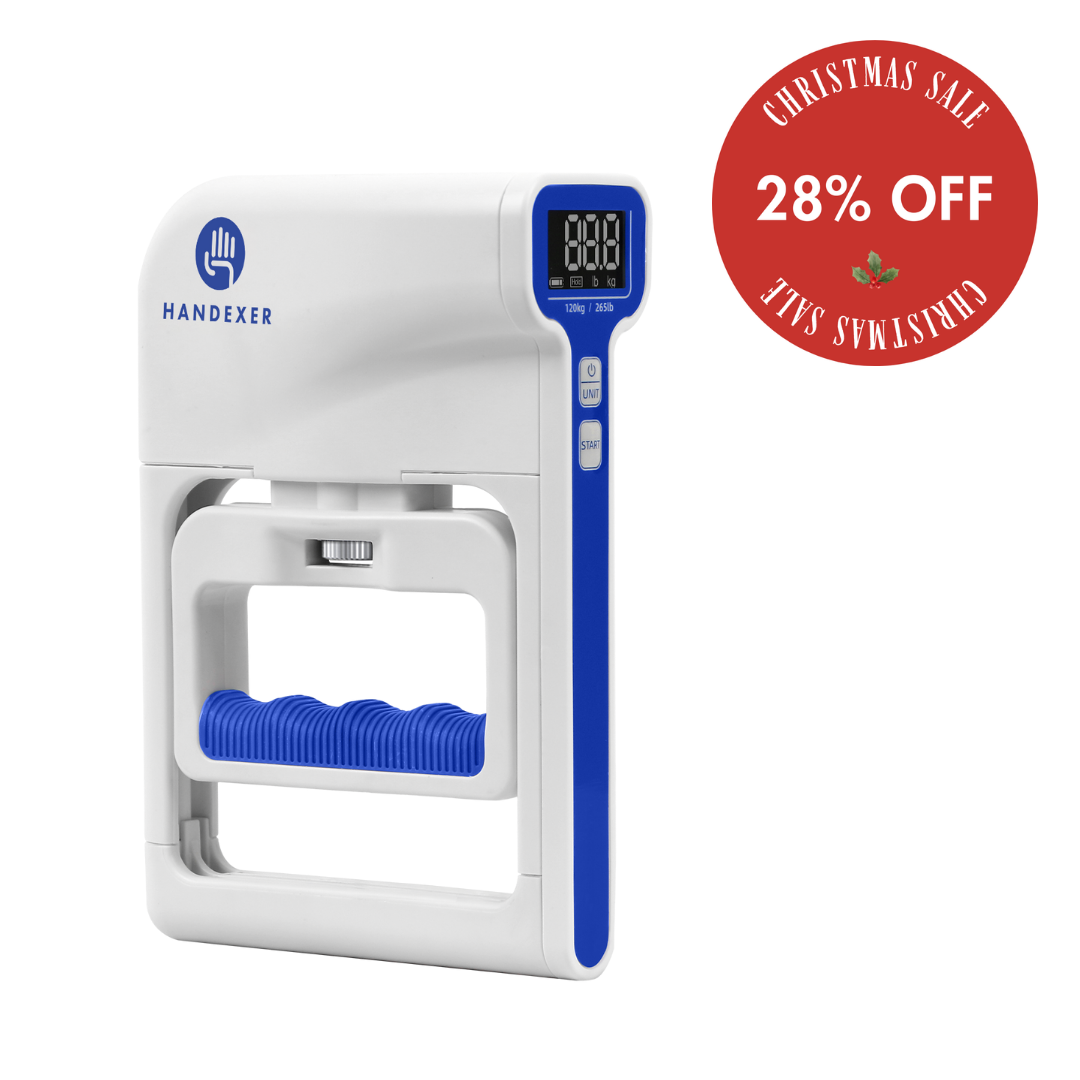
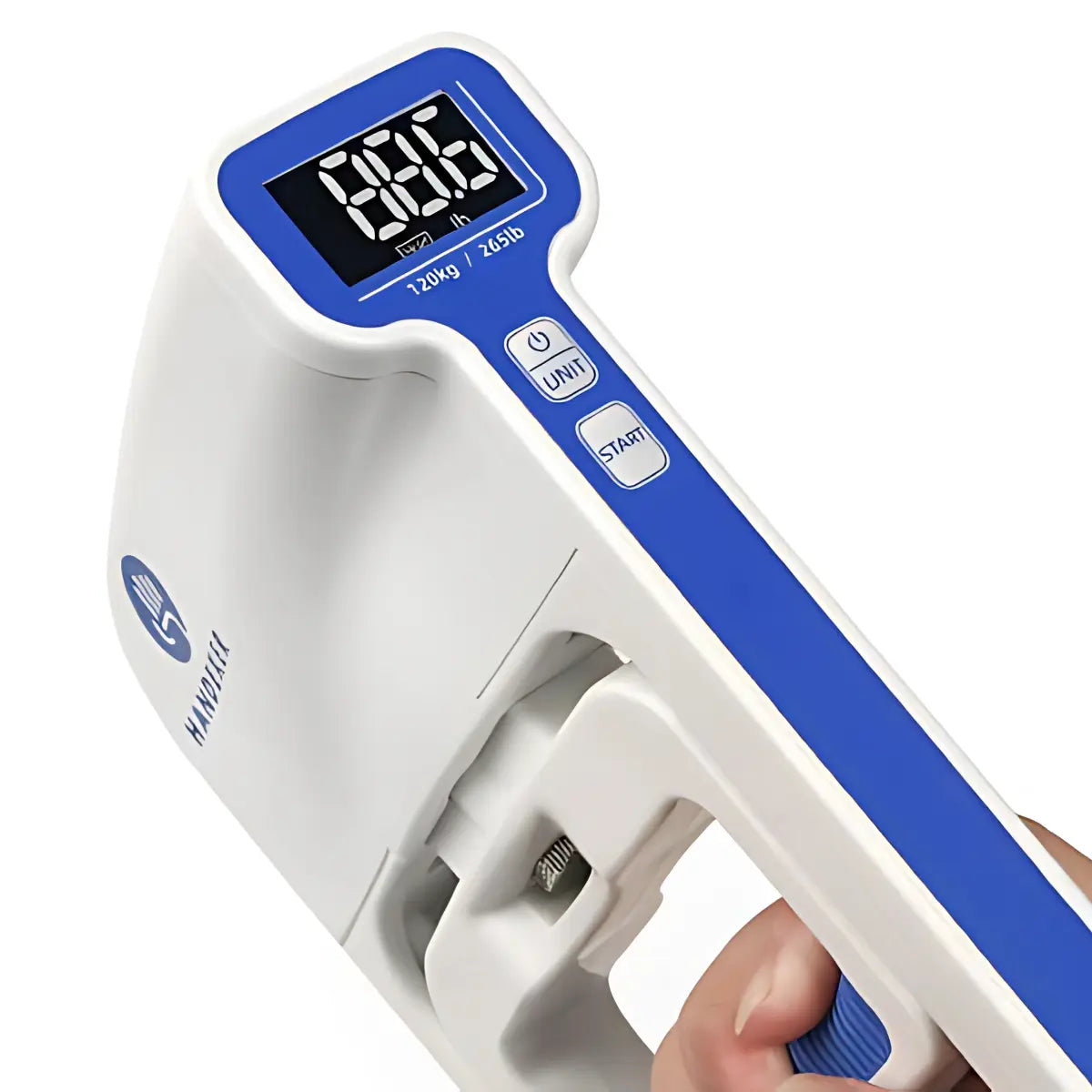
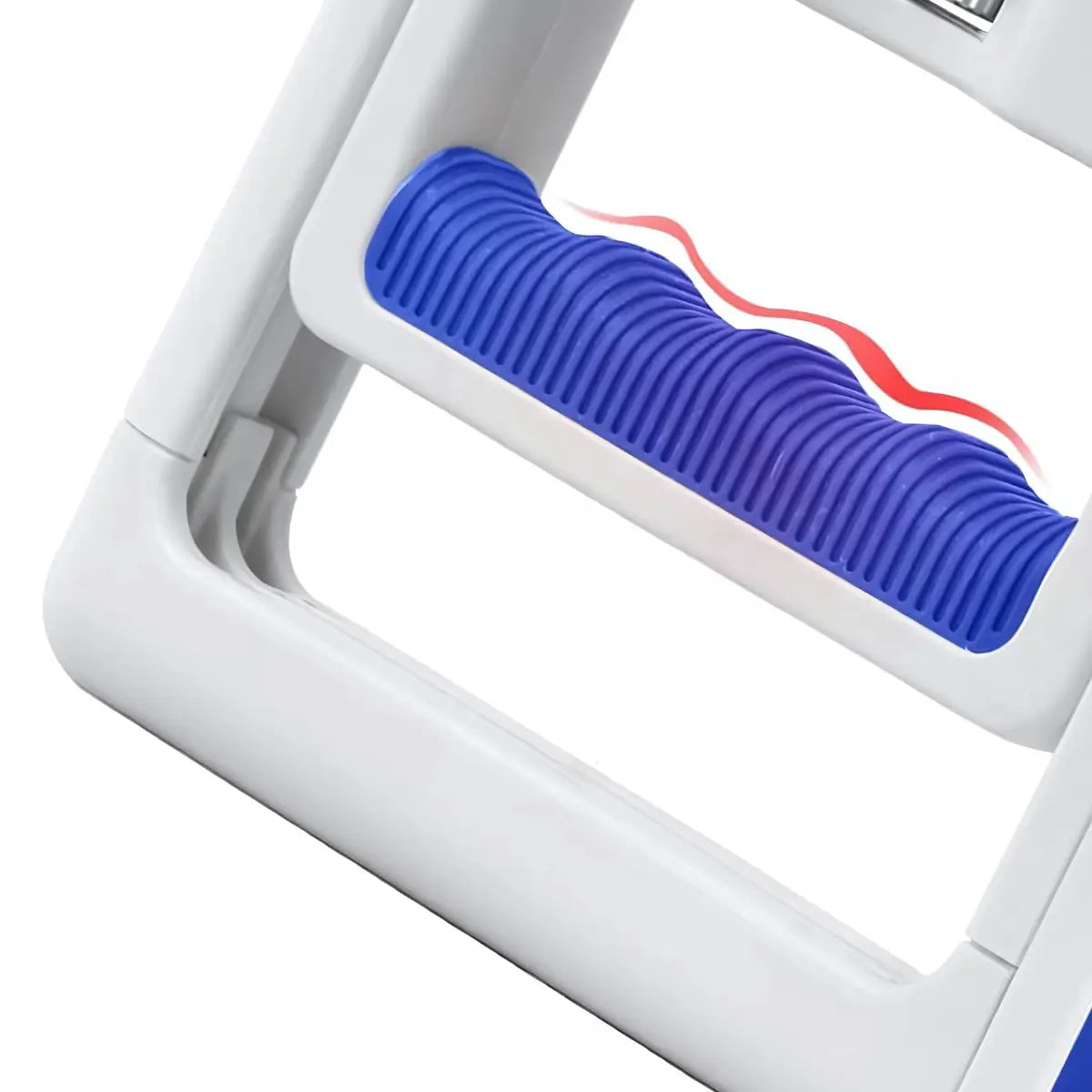
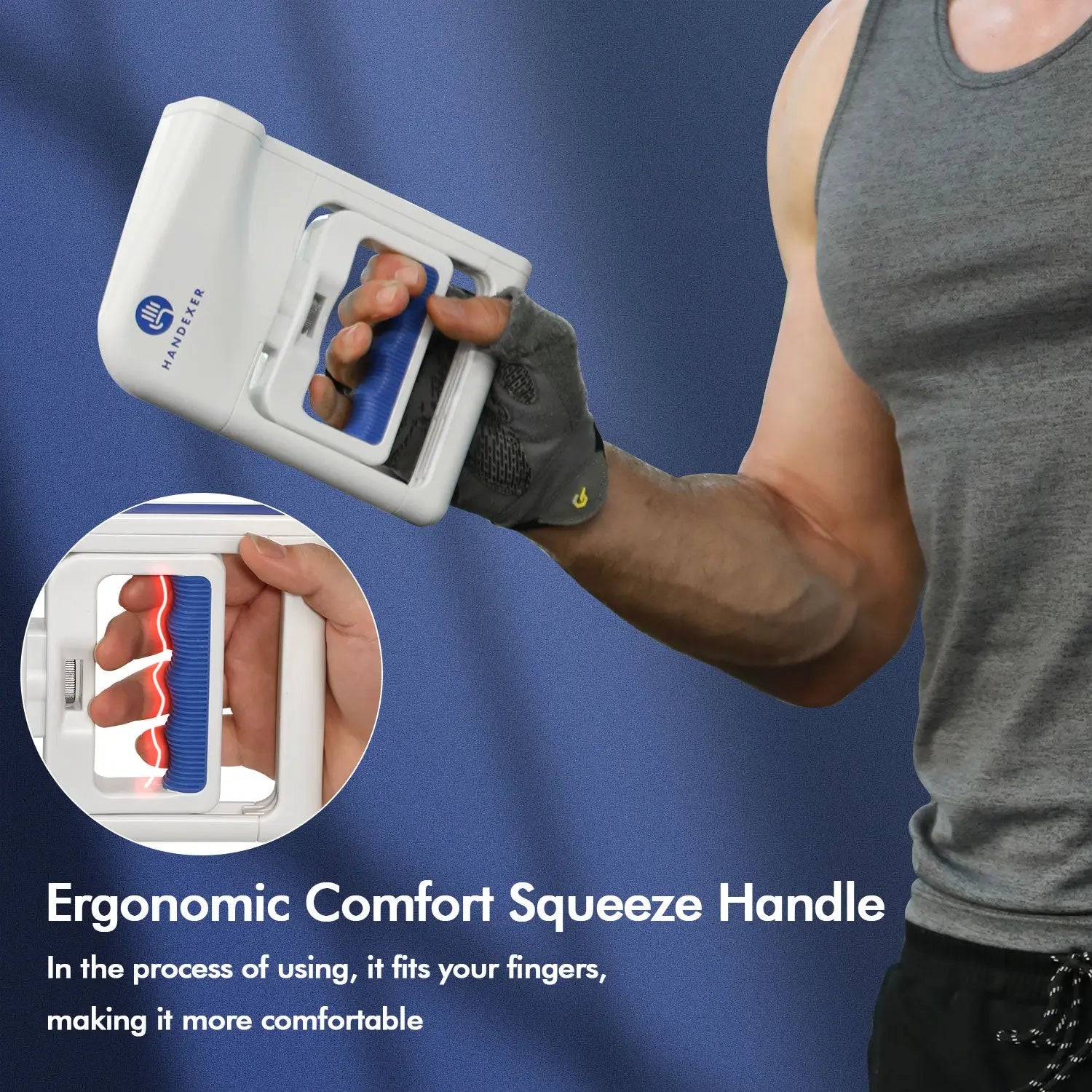


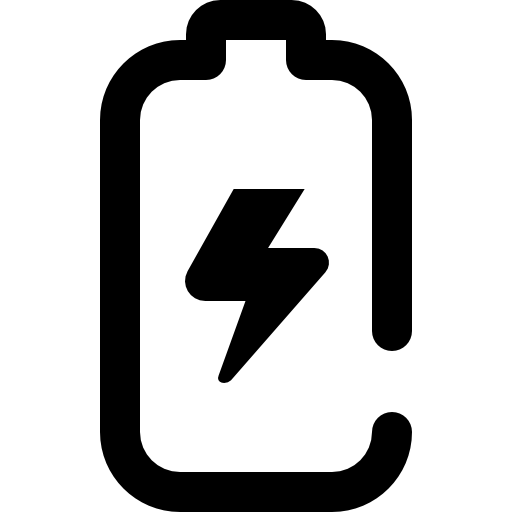

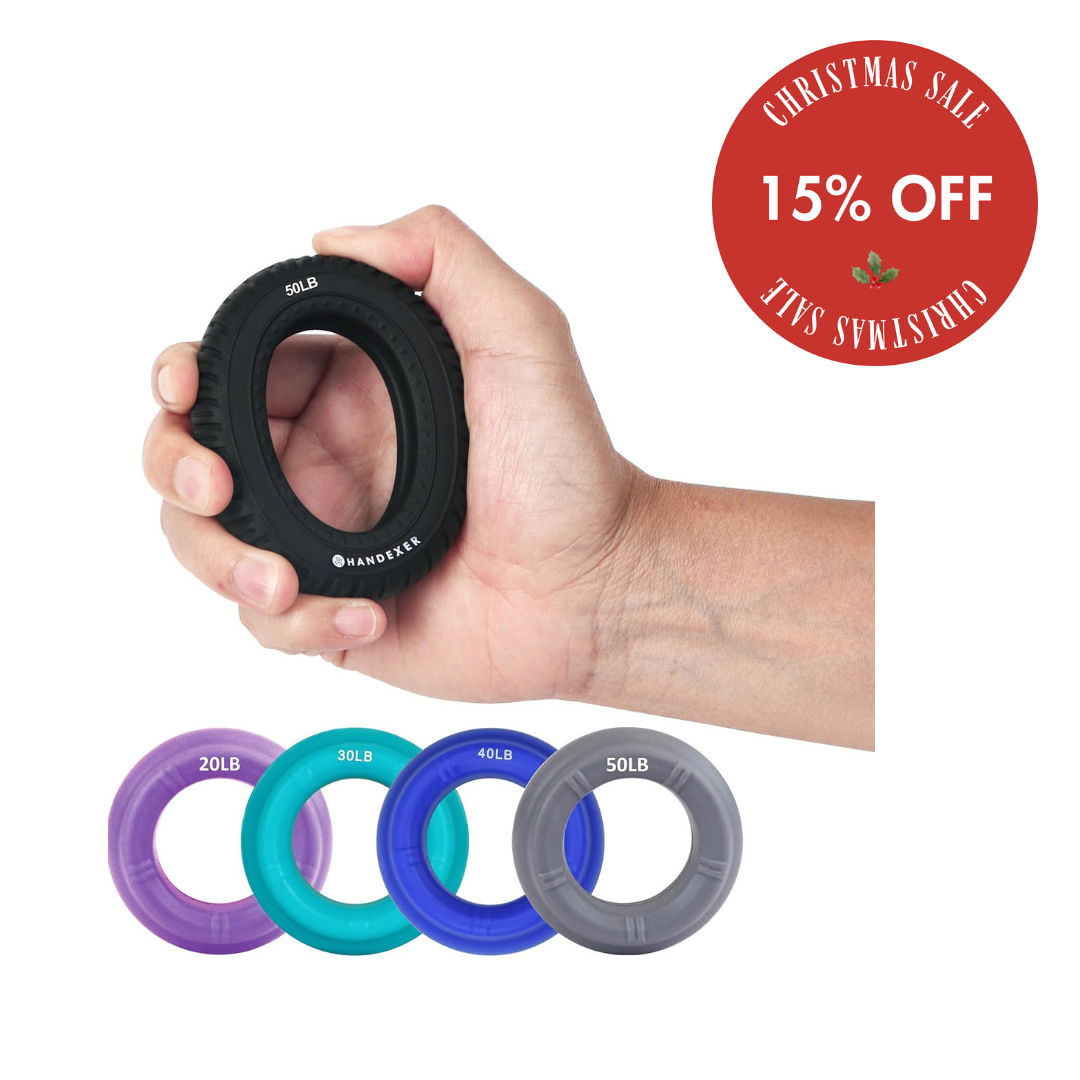
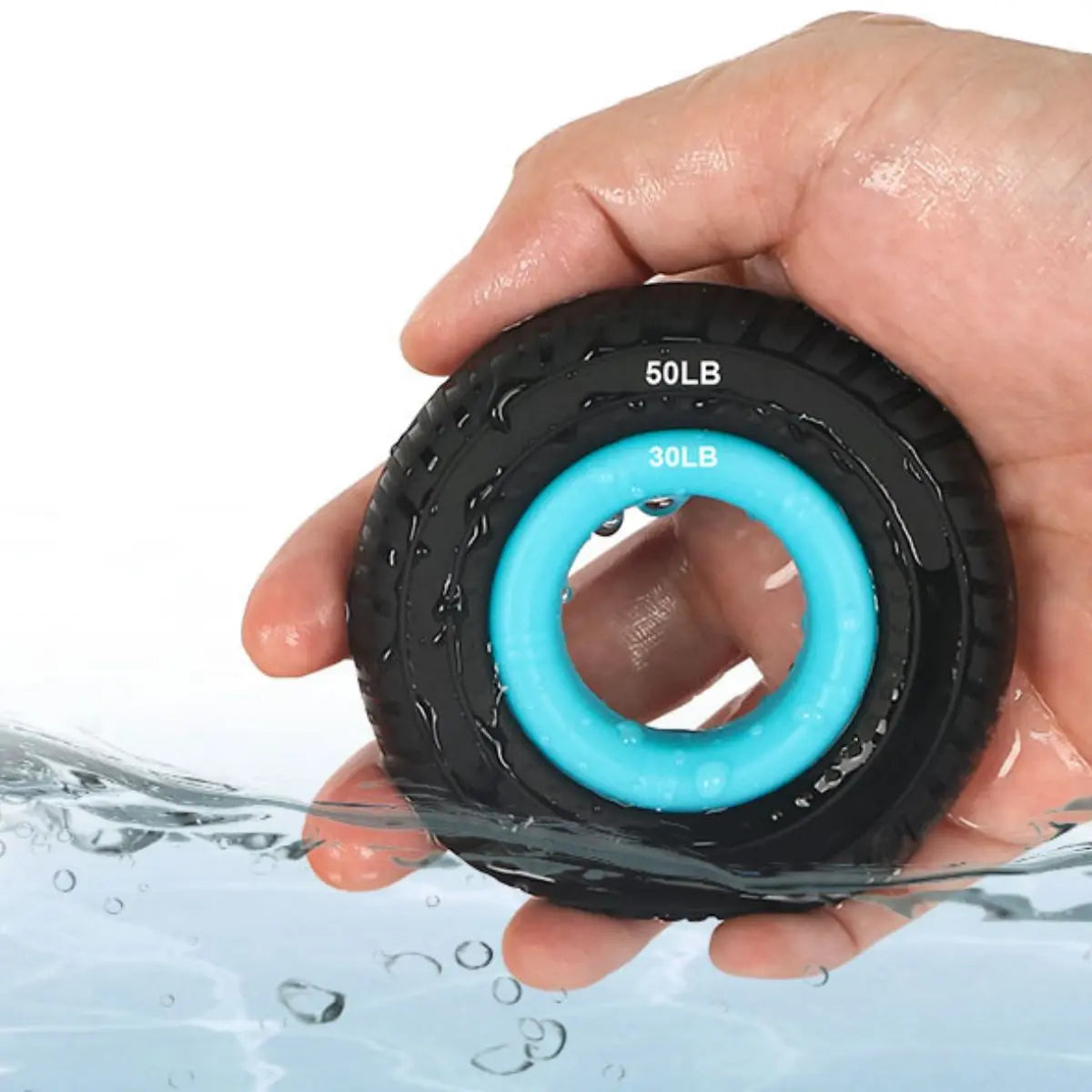



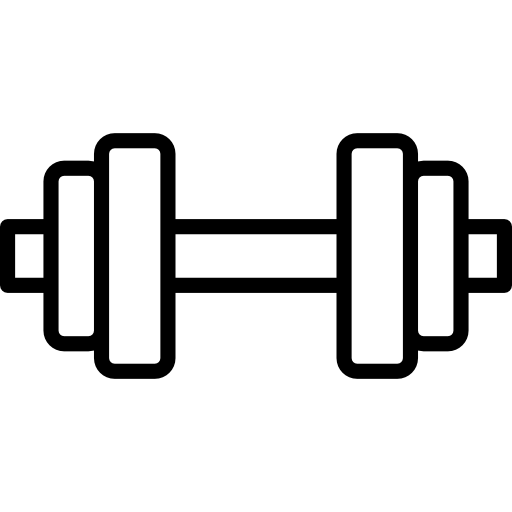

Share:
Your Grip Strength, Your Health Strength
Grip Strength and Cardiovascular Health